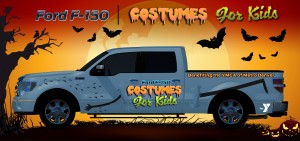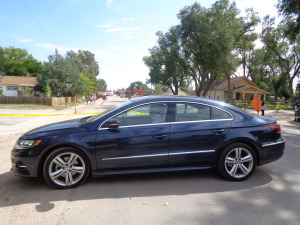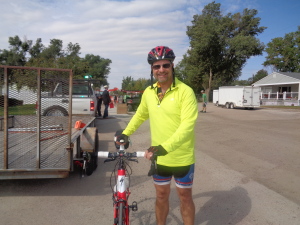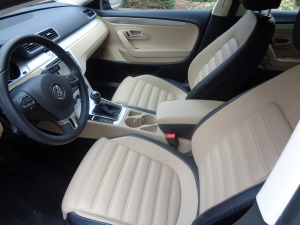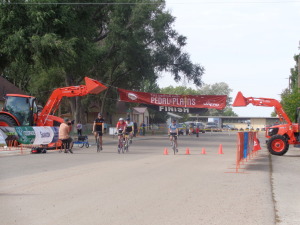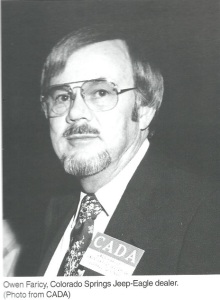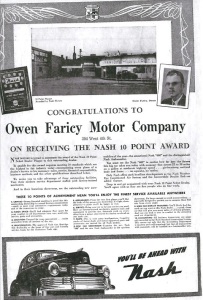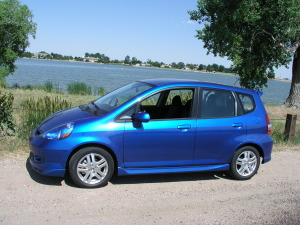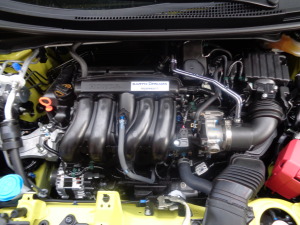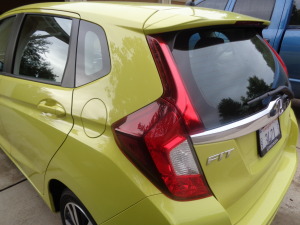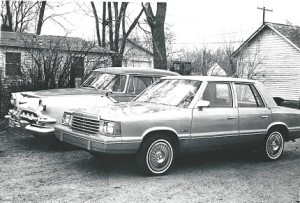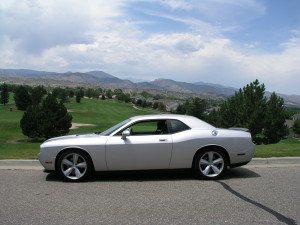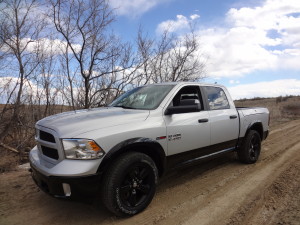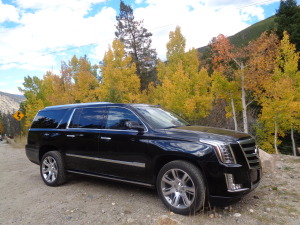
The climb to 11,670-foot Guanella Pass from Georgetown (elevation 8,530 feet) in little more than 10 miles was a nice drive on a warm, bright, late-September afternoon and an excellent test for the 2015 Cadillac Escalade ESV.
Performance was impressive from the Escalade’s new 420-horsepower, direct-injected 6.2-liter V-8 engine, and even atop its extended-length 130-inch wheelbase, it handled the rise and the hairpin curves with a nimbleness not normally enjoyed in that size SUV.
Plush accommodations and high-tech features pushed the Escalade’s price to $90,985, a far cry from the previously highest-priced Cadillac I’ve driven, the 2010 CTS-V sedan at $68,445 four years ago.
The high price was a first step toward more luxurious offerings from Cadillac. Company officials announced, during the time I was driving the Escalade, they would soon build a new prestige sedan with advanced technology to compete more directly with Mercedes-Benz, BMW and Audi.
Cadillac also announced it will in 2015 expand its Detroit-based organization to New York, creating a new global headquarters there.
The new premium sedan, though, will remain tied to Detroit. It is to be known as the CT6 and will be built in the Detroit-Hamtramck assembly plant. It will go into production in the fourth quarter of 2015 and will be a new top-of-the-line Cadillac.

“The objective for this upcoming model is to lift the Cadillac range by entering the elite class of top-level luxury cars,” said Cadillac President Johan de Nysschen.
The big Cadillac Escalade ESV, which is longer by 14 inches in wheelbase and 22 inches overall than the regular Escalade, easily kept pace with other motorists in the I-70 fast lane to Georgetown. The mountain climb above Georgetown took us near Mt. Bierstadt and gave me an opportunity to use the Escalade’s manual-mode shifter. It is more awkward than most, as, rather than paddle shifters, it is engaged from a button on the column shifter. It locked into 2nd and 3rd gears with no hesitation, however. Overall fuel-mileage average was 18.2 miles per gallon.

Walk up to the ESV, open the driver’s door, and wide, retractable running boards (a $1,700 option) slide out into place for easy access into plush interior surroundings with kona brown perforated heated and cooled front seats. Somewhat distracting is a dashboard of many parts, which angle away in various directions.
Standard on this premium ESV is the touch-sensitive Cadillac User Experience (CUE) navigation system. Tied to a 16-speaker Bose Cabin surround-sound system are MP3, Bluetooth and SiriusXM, with Blu-Ray DVD rear-entertainment screens for second- and third-row passengers. A head-up display provides driving information out front of the driver.
The ESV offers a segment-first front-seat center airbag, not to protect a center-seat passenger, for a center console prevents use there as a seat. It is engineered, Cadillac said, to provide additional protection to drivers and front passengers in far-side impact crashes, where the affected occupant is on the opposite, non-struck side of the SUV.
The added length of the vehicle creates a large cargo area, 38.7 cubic feet, behind the third row of seats. With the power liftgate open, rear-positioned controls can be used to fold-flat and raise the third-row of seats, along with flip-folding the second-row seats to allow passengers to climb into the third-row seats. A highlight at the rear are distinctive, vertical, 3-feet-long LED taillights.

Seat vibrations to alert the driver to non-signaled lane departure are among standard technology, helping to push the ESV’s price above $90,000. Others are adaptive cruise control with excellent braking control, blind-zone and cross-traffic alerts and forward-collision alert.
Cadillac’s magnetic ride control is one of the most instantaneously reacting suspension systems. The Escalade’s 22-inch wheels are shod with Bridgestone Dueler P285/45R22 tires.
Here are the specifications for the ’15 Cadillac Escalade ESV 4WD:
- Wheelbase 130 inches
- Length 224.3 inches
- Width 80.5 inches
- Height 74 inches
- Curb Weight 6,096 pounds
- Track 68.7 inches front and rear
- Ground Clearance 7.9 inches
- Turn Circle 43 feet
- Drivetrain Four-wheel-drive
- Engine 6.2-liter V-8
- Horsepower/Torque 420/460
- Transmission 6-speed automatic
- Steering electrically variable power-assisted
- Fuel mileage estimate 14/20
- Fuel mileage average 18.27
- Fuel Tank 26 gallons
- Wheels 22-inch
- Cargo Volume 38.7 cubic feet
- Warranty 4 years/50,000 miles basic, 6/70,000 powertrain
Competitors Range Rover, Lincoln Navigator, Infiniti QX80, Lexus LX470
Assembly Plant Arlington, Texas
Parts Content U.S./Canadian 60%, Mexico 28%
Base Price Lowest Model $74,295; Base Price of Review Model $85,795; Destination Charge $995; Sticker Price $90,985.
